
Your Drone Operator ID is essentially a digital license plate issued by the CAA. It’s the unique number that links any drone you’re responsible for directly to you, establishing legal accountability for how and where it is flown.
Simply having the ID, however, is not enough to ensure you're compliant. Knowing who needs one and how it differs from a Flyer ID is critical before you take to the skies.
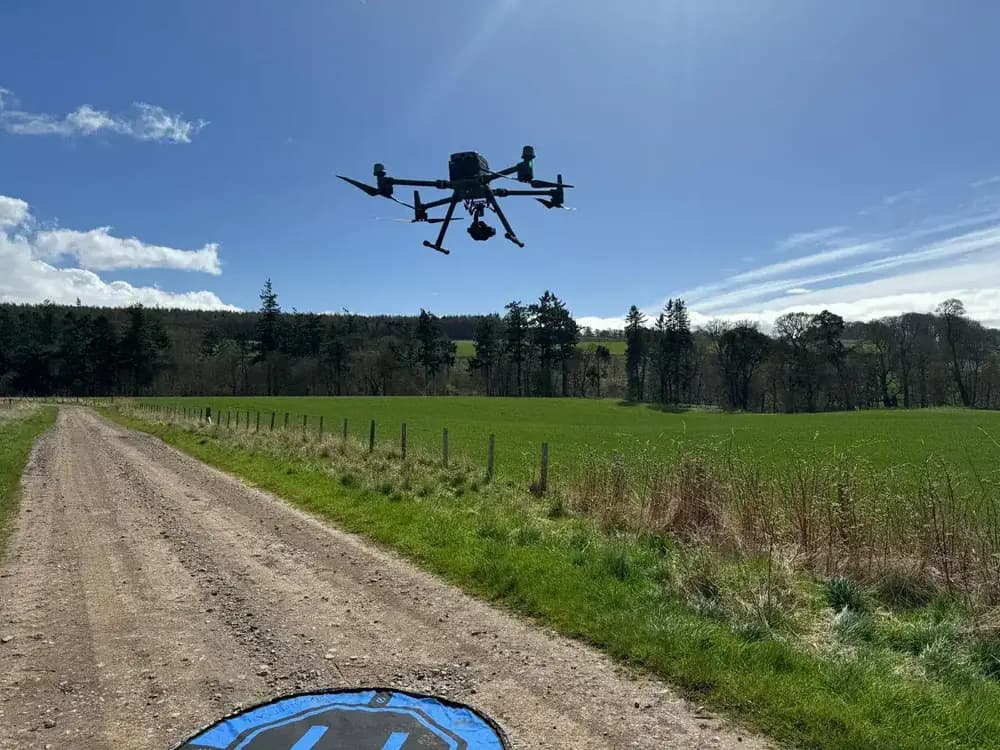
30 Second Summary
- A Drone Operator ID is a registration number from the UK’s CAA that identifies the person responsible for a drone.
- It is mandatory for drones over 250g or any drone equipped with a camera, regardless of its weight.
- The ID must be clearly marked on the main body of every drone you are responsible for.
- Registration is completed annually through the CAA's online portal for a fee of £11.79.
- The Operator ID identifies the owner, while a Flyer ID confirms the pilot has passed a competency test.
What Is A Drone Operator ID
A Drone Operator ID is a registration number issued by the UK's Civil Aviation Authority (CAA) that identifies the person or organization responsible for a drone. You can think of it as your drone's digital registration plate. It's a unique code that links every drone you manage directly back to you.
This system isn't about certifying your specific flying skills; instead, its primary purpose is to ensure accountability. When you register, you're officially taking on the legal responsibility for the drones you own or operate.
Your Operator ID must be clearly marked on all of your drones. This ensures that if there's ever an incident, officials can quickly identify who is accountable. It's a straightforward but vital component of maintaining a safe and organised airspace for both drone users and the general public. It's your official mark of responsibility in the world of unmanned drones.
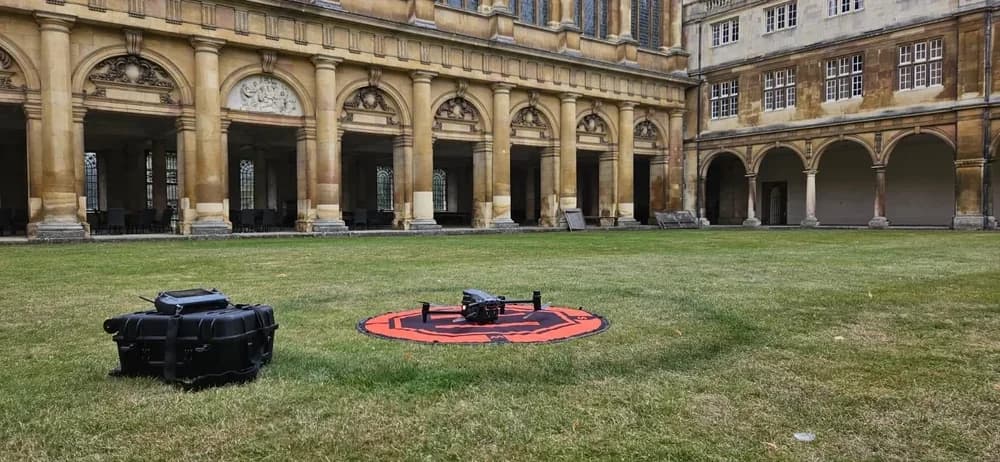
Who Needs an Operator ID
So, who needs an Operator ID? The rules are quite specific.
You must get an Operator ID if you're the person responsible for a drone weighing between 250g and 25kg that you fly outdoors. It's a key requirement for most common hobbyist drones.
There's another critical rule to know. If your drone has a camera, you must register for an Operator ID regardless of its weight. That's right—even for the lightest sub-250g camera drones, the responsibility falls on you to register.
The registration requirement is tied to the responsible person, who must be at least 18 years old. If you're younger than 18 and are responsible for a drone, don't worry. A parent or guardian simply needs to complete the registration on your behalf, officially taking responsibility for it.
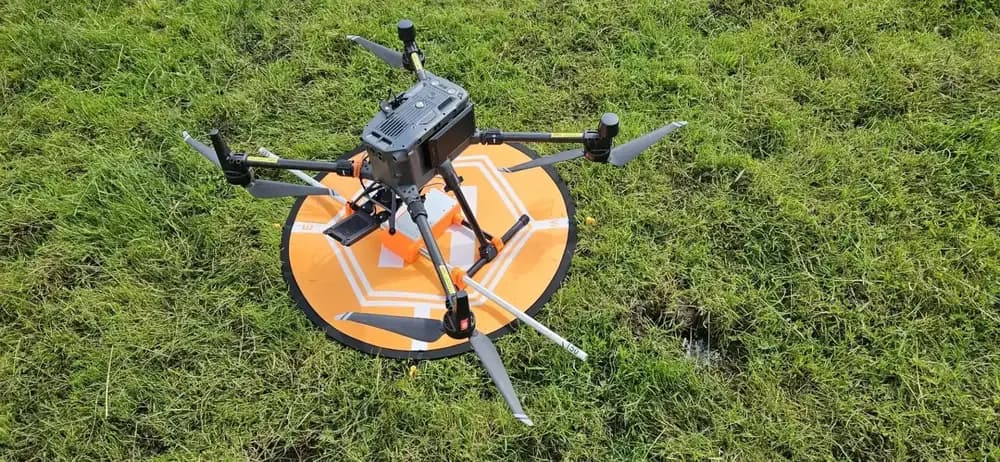
Registration Details
You'll register for your Operator ID through the CAA's online portal. This is the designated government service for obtaining your credentials. The online application process is designed to be user-friendly, guiding you through each required step.
The registration costs £11.79, and it's a recurring annual fee. You're required to renew your Operator ID every year to stay compliant with regulations. Think of it as an annual subscription that keeps you legally registered as the person responsible for one or more drones. If your registration expires, you can't legally fly.
A significant advantage is that you don't need separate registrations for each drone in your collection. A single Operator ID is valid for all the drones you are responsible for. This simplifies things immensely, as one annual renewal covers your entire fleet, however large or small it may be.
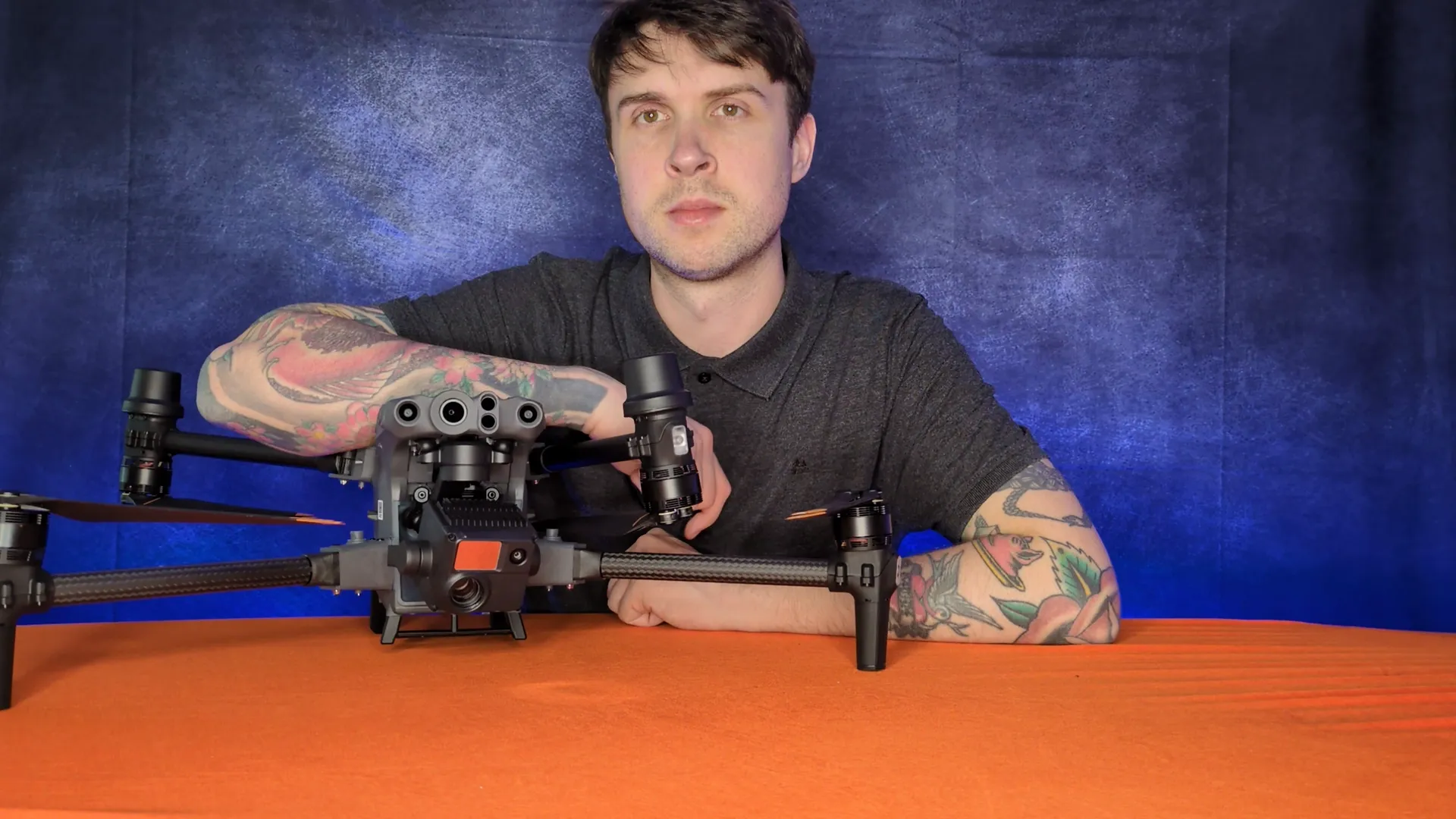
Display Requirements
Once registered, you've got to display your Operator ID on every drone you're responsible for. This ID proves you're the registered operator and must be physically marked on the drone itself.
You have two main options for placement. You can put the ID on an exterior surface where it's easily visible. Or, you can place it inside an easily accessible compartment that doesn't require a tool to open, like the drone battery bay.
No matter where you put it, you must place the ID securely on the drone's main body. For the marking to be compliant, you must use clear block capitals that are at least 3mm tall. This ensures your Operator ID is legible, allowing your drone to be identified if necessary. It’s a simple but crucial step that keeps you flying legally and responsibly.
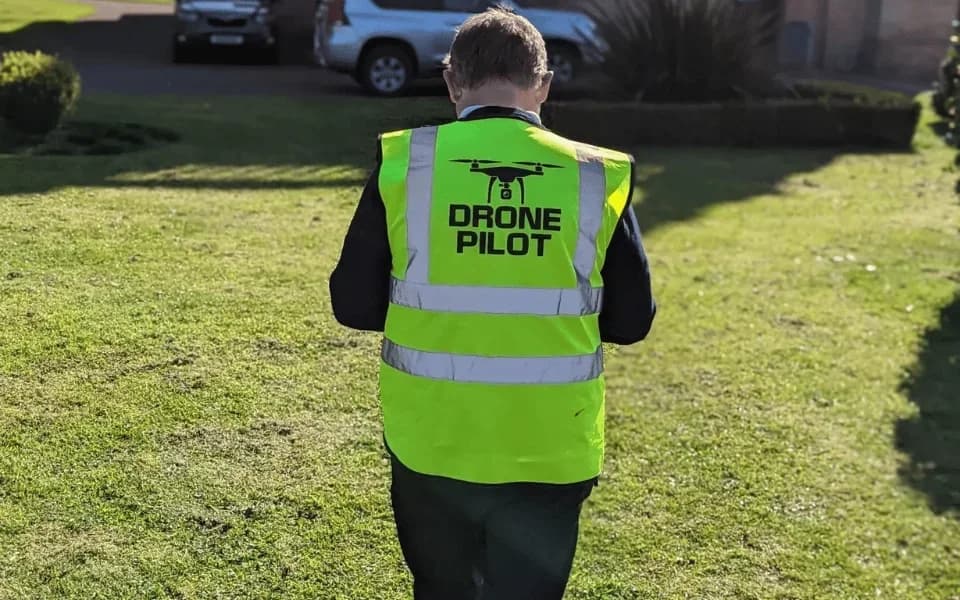
Remote ID Requirement
Beginning January 1, 2026, if you fly a UK1, UK2, or UK3 class drone, you must activate its Remote ID function. Think of this as a digital license plate for your drone. It’s a system that broadcasts your drone's identity and live location information throughout your entire flight. This requirement enhances airspace safety and ensures accountability for all drone operators.
To comply, you'll first need to get your Remote ID. This unique identifier is provided with your Operator ID when you register. You must then add this Remote ID into your drone's control system.
Before every flight with a UK1, UK2, or UK3 class drone, you're required to switch on the Remote ID function. It’s a critical step that you can't skip, as it ensures your drone is identifiable to others while it’s in the air, keeping you compliant with regulations.

Operator ID vs Flyer ID
While your Operator ID is linked to your drone's Remote ID, don't confuse it with a Flyer ID. They are two completely separate credentials.
Your Operator ID formally identifies who is legally responsible for a drone. Think of it as registering the equipment under your name.
On the other hand, a Flyer ID proves you, the drone pilot, have the necessary knowledge to fly. It confirms you’ve successfully passed the CAA's online theory test and have a firm grasp of the UK's drone safety rules. This ID, which is free and valid for five years, is your personal qualification.
If you plan on flying most drones, you’ll need both: the Operator ID because you’re the responsible party for the drone and a Flyer ID to show you’re a competent drone pilot at the controls. It's about accountability for the drone and competency for the drone pilot.

Frequently Asked Questions
What Happens if I Sell My Drone?
When you sell your drone, you should first perform a factory reset to erase your personal data and flight logs. It's critical that you also remove your Operator ID label from the drone itself. Then, access your drone registration account and update your inventory to show you’ve disposed of it. This ensures you're no longer legally responsible for its use. The new owner will need to register and add their own Operator ID.
Do I Need a New ID for Each Drone I Own?
No, you don't need a new ID for each drone you own.
Your Operator ID applies to you as the drone operator, not to your individual drones. You'll register only once to receive a single ID number. You then must label every drone you own or operate with this same registration number. This system simplifies accountability, making it easier for you to manage your entire drone fleet under one official identification.
What Are the Penalties for Flying Without an Operator ID?
You’re risking serious penalties if you fly without your operator ID. The police can issue an on-the-spot fine of up to £1,000, and they also have the power to seize your drone. If your flight endangers a drone, person, or property, you could face prosecution. In the most severe cases, this can lead to an unlimited fine, imprisonment, or both. It’s a significant risk you shouldn’t take.
How Do I Update My Personal Details if I Move?
If you move, you’ll need to update your personal details to remain compliant. You can do this by logging into the drone registration portal managed by your country's aviation authority. Once you’re signed in, navigate to your profile or account settings section. There, you can edit your address and other contact information. It's your responsibility to keep this information current, so don't forget to save your changes before you log out of the system.
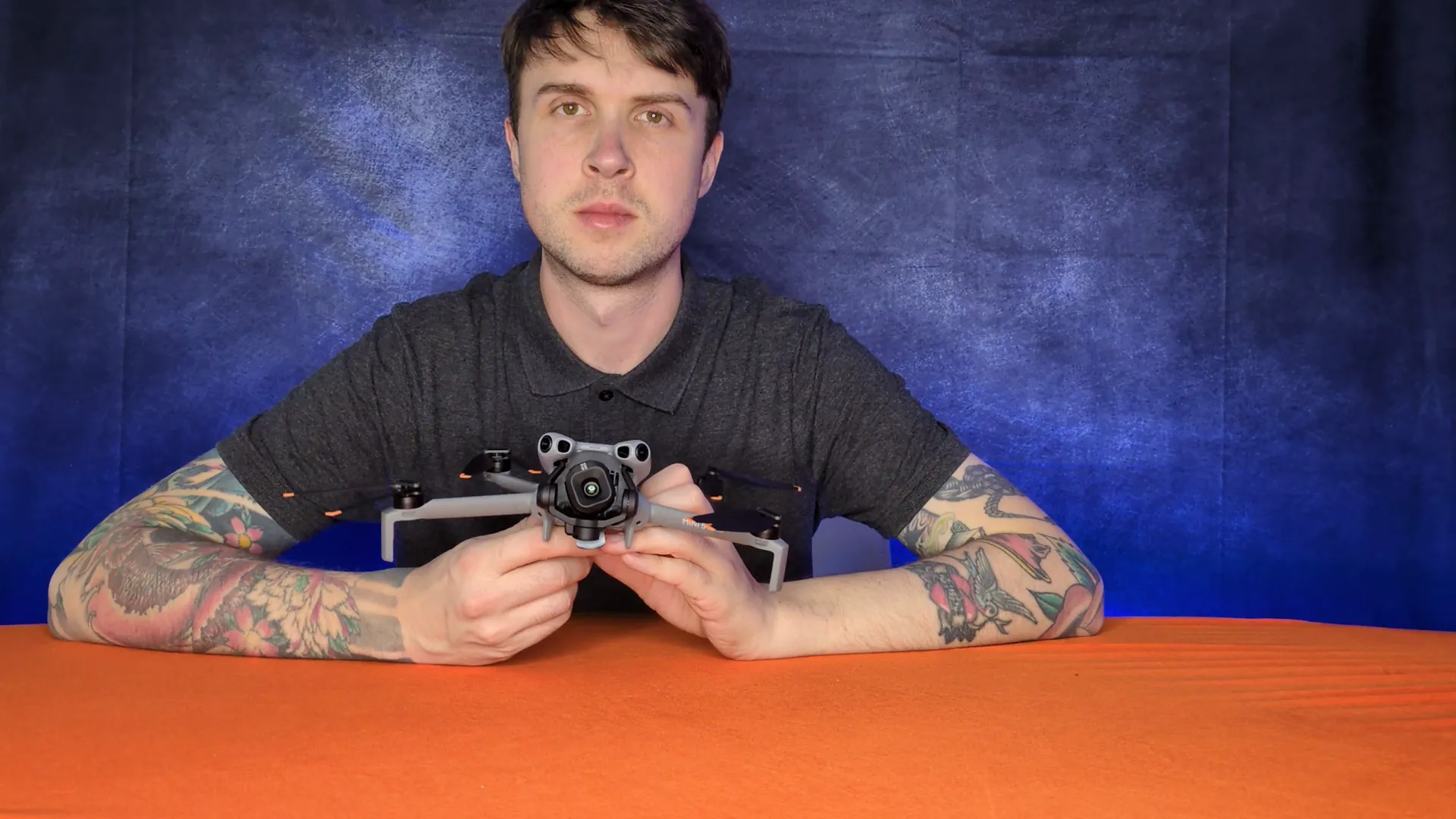
Can I Use My Operator ID When Flying Abroad?
You generally can’t use your operator ID when flying abroad, as it’s valid only in the country or region where you registered. Before you travel, you must research the drone laws for your destination. You'll likely need to register with that country’s aviation authority and follow their specific rules. Flying without the correct local registration is often illegal and can lead to fines or confiscation of your drone, so always check first.
Find Vetted and Compliant UK Drone Pilots
Understanding your responsibilities as a drone owner, including securing and displaying a CAA-issued Operator ID, is crucial for legal flight. This registration is mandatory for drones over 250g or any drone with a camera, ensuring accountability. While navigating these compliance requirements is key, finding a professional who is already fully certified and registered is the simplest solution.
As the UK's premier managed marketplace, HireDronePilot is dedicated to connecting businesses with verified professional drone pilots for hire. Our network consists of drone operators who not only possess the necessary Flyer IDs but also maintain current Operator IDs, ensuring every project is fully compliant with CAA regulations.
We streamline drone services through competitive bidding, ensuring quality, compliance, and value for every aerial project across the United Kingdom. For your next project, trust the experts and find CAA-approved drone pilots through our platform.
Ensure your aerial work is safe, legal, and professional from the start. Post your job on HireDronePilot today to connect with qualified drone operators ready to meet your needs.
About the Author

Written by
Peter Leslie
Peter Leslie is a CAA-approved commercial drone pilot with 10+ years experience and over 10,000 flight hours. He holds the GVC and A2 CofC drone licences with full CAA Operational Authorisation. Peter is a member of ARPAS-UK, the UK's non-profit trade association for the drone industry. He founded HireDronePilot to connect UK businesses with qualified, insured drone operators.
Looking for More Drone Work?
Join the UK's leading network of professional drone pilots and grow your business.
Open Access
Bid on any job - all jobs open to all pilots
Grow Revenue
Access high-value commercial projects
Stay Busy
Fill your schedule with regular work
Related Articles

Our Drone Survey Service In Stirling, Scotland
Bringing you Stirling drone survey data from areas no one else can fly.

How Much Does A Drone LiDAR Survey Cost
Forecasting your drone LiDAR survey cost requires understanding what's hidden beyond the initial quote.

Step By Step Process Of Drone LiDAR Survey
Next, discover the crucial post-flight steps that determine your survey's success.
